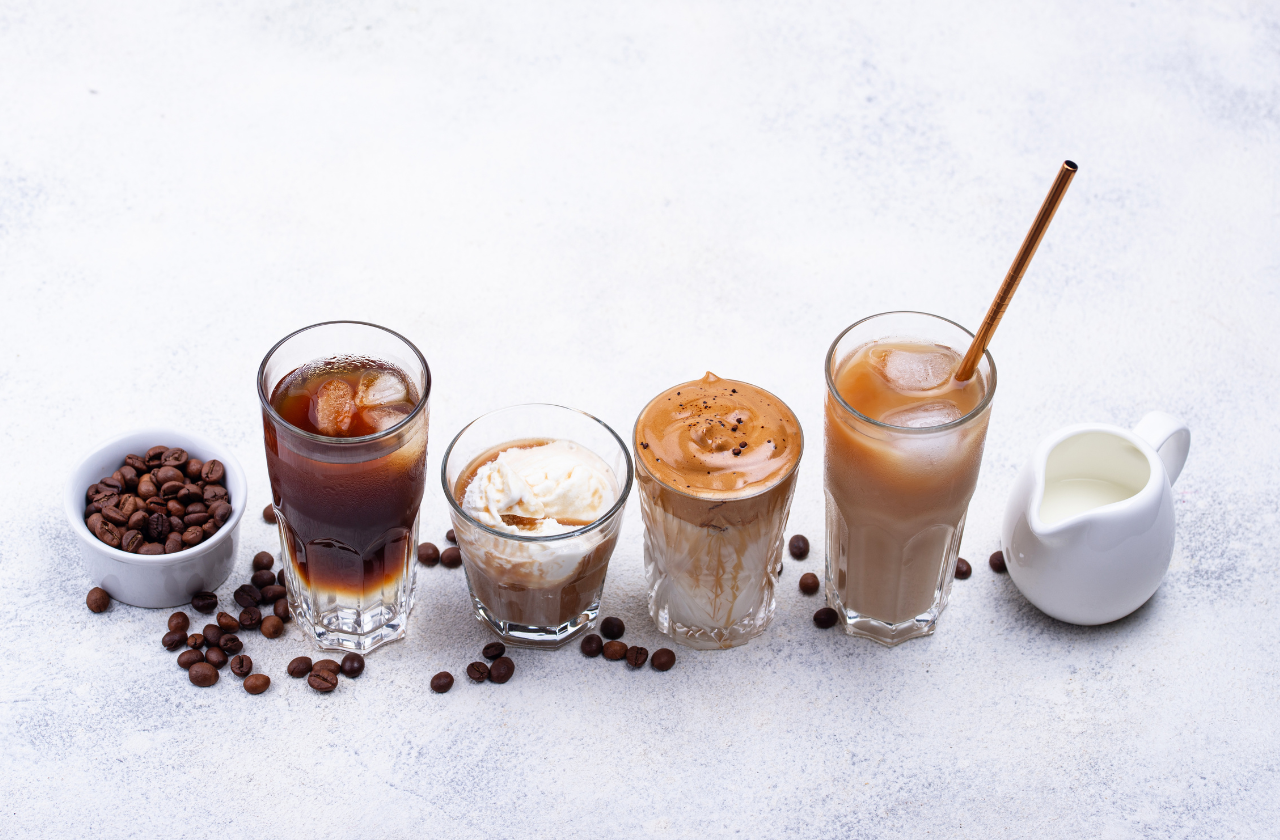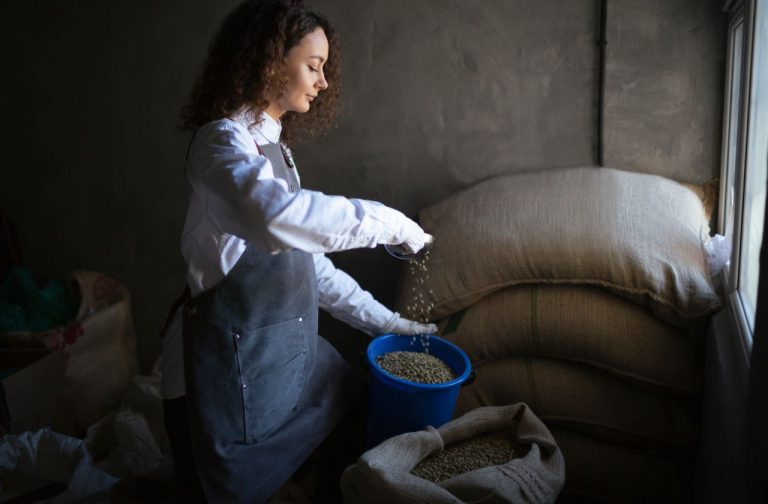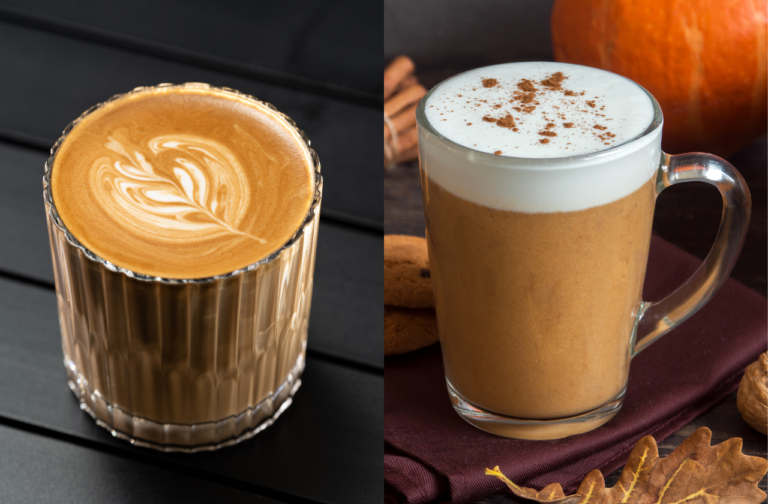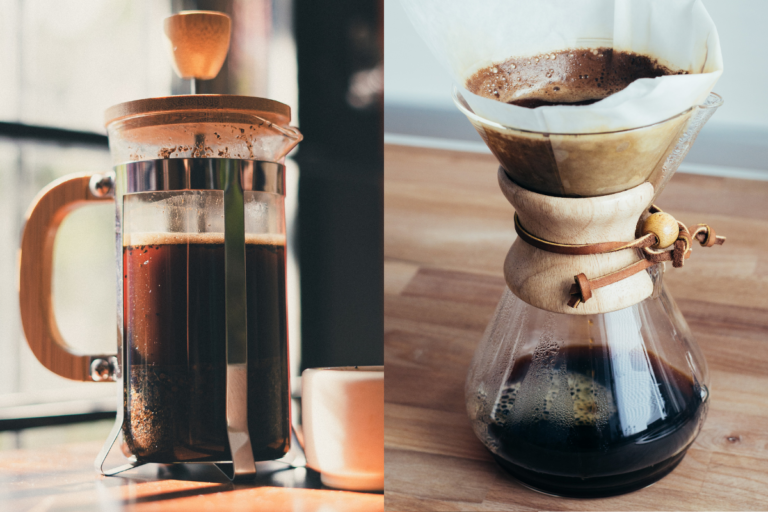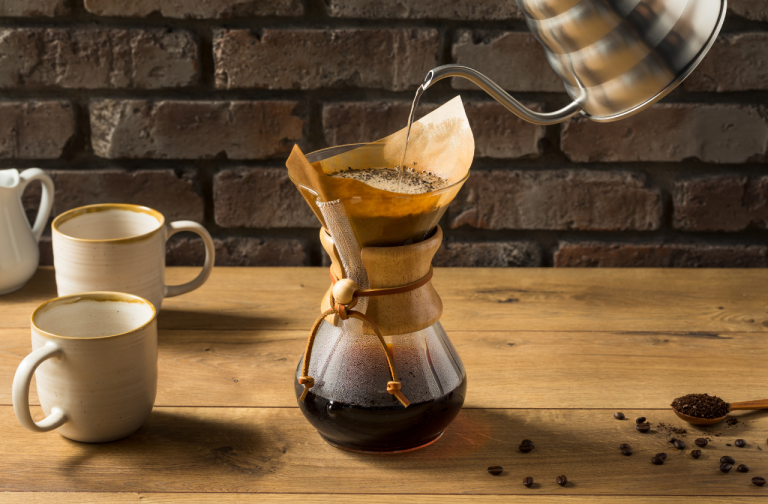Which Coffee Drink Is Best For You?
Coffee’s global popularity is undeniable, with its consumption steadily increasing across various countries. In the year 2021/2022 alone, the world consumed 178.5 million 60kg bags of coffee, marking a 4.2% increase from the previous year and a 7.8% increase over five years. This amounts to 11.8 million tons of coffee consumed globally each year, highlighting coffee’s significant role in daily life for millions around the world. The United States leads in coffee market revenue, reaching over $85 billion in 2022. Coffee drinking habits vary widely, with differences in preference for coffee sizes, flavors, and brewing methods.
For instance, medium-sized coffees are the most popular in the U.S., and flavored coffees, particularly vanilla, hold a significant preference among drinkers. Additionally, the choice of brewing methods is shifting, with a noticeable decline in traditional drip coffee makers in favor of single-serve machines or more specialized brewing methods like pour-over coffee and espresso machines. This diversity in consumption habits underscores the importance of finding a coffee drink that not only suits one’s taste but also fits their lifestyle.
Understanding Coffee Basics
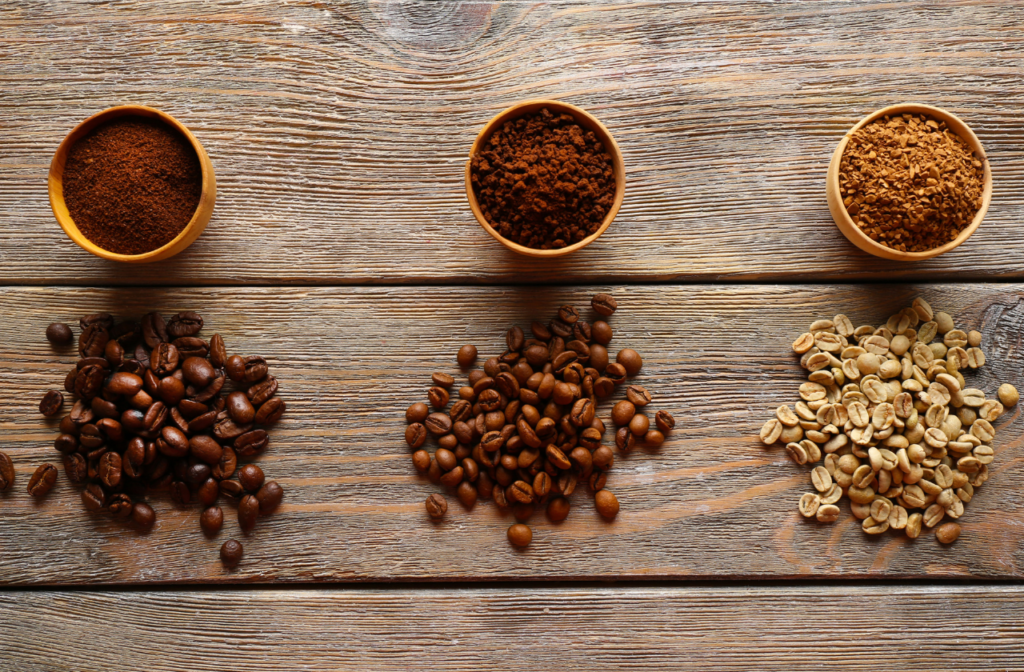
Coffee enthusiasts often debate between Arabica and Robusta beans, each offering unique flavors and caffeine levels. Arabica beans, making up 75-80% of global coffee production, are prized for their smooth, sweet taste with hints of chocolate and fruit. They grow best at high altitudes and are more susceptible to diseases.
Robusta beans, by comparison, thrive at lower altitudes, are easier to cultivate, and pack a more robust, bitter flavor with nearly double the caffeine content of Arabica. This higher caffeine content contributes to Robusta’s stronger taste, making it a popular choice for robust coffee blends and instant coffee products.
The choice between Arabica and Robusta beans greatly influences the flavor profile of coffee, with Arabica being generally preferred for its well-rounded and complex flavors.
Roast levels also significantly impact coffee’s taste. Light roasts preserve the bean’s original flavor, making them more acidic and suitable for mild coffee varieties. Medium roasts offer a balanced flavor, acidity, and aroma, making them a versatile choice for many coffee drinkers.
Dark roasts provide a bold, smoky flavor with reduced acidity, preferred in strong coffee drinks. The roast level chosen can enhance or mute the inherent qualities of both Arabica and Robusta beans, tailoring the coffee experience to individual preferences.
Coffee Brew Methods Demystified
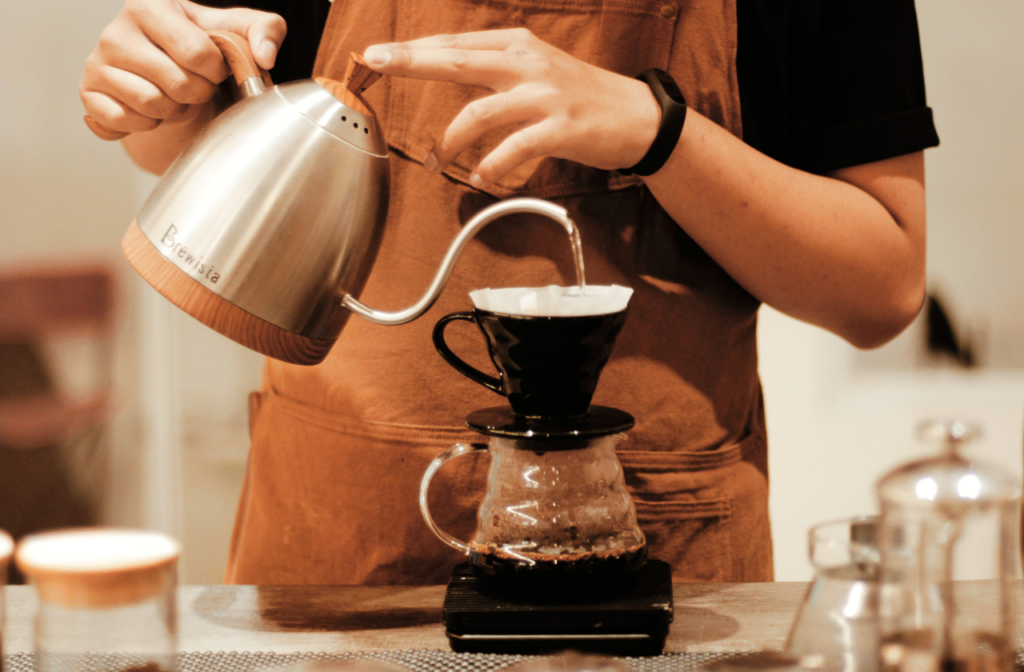
The variety of coffee brewing methods available allows coffee enthusiasts to explore different tastes and strengths of coffee, catering to personal preferences and lifestyles.
Here’s a brief overview of some popular brewing methods:
Espresso
Espresso is a concentrated coffee brew extracted under high pressure from finely-ground coffee beans, characterized by its rich flavor and creamy foam on top, known as crema. It serves as the foundation for many other coffee drinks, like lattes and cappuccinos.
Pour Over
The pour-over method involves pouring hot water over coffee grounds contained in a filter. The water then flows through the coffee, absorbing its flavors, and drips into a carafe or mug below. This method is praised for its ability to produce coffee with delicate flavors and allows for precise control over brewing variables.
Drip Coffee
This method uses an automatic machine that heats water and then passes it over coffee grounds contained in a filter, with the brewed coffee dripping into a carafe below. Drip coffee makers are appreciated for their convenience and ability to brew larger quantities of coffee at once, although they offer less control over brewing variables compared to manual methods.
French Press
Also known as a press pot or plunger pot, the French press brews coffee by steeping coarse coffee grounds in hot water for several minutes before pressing down a plunger to separate the grounds from the liquid. This method is known for producing rich, full-bodied coffee.
Moka Pot
A stovetop brewer that brews coffee by passing boiling water pressurized by steam through ground coffee. The Moka pot is known for its strong, robust brew, which is sometimes compared to espresso due to its concentrated flavor.
AeroPress
The AeroPress is a relatively new method that brews coffee by forcing a small amount of nearly boiling water through finely-ground coffee under a short period of pressure. This method is versatile, capable of producing a range of coffee strengths, and is praised for its smooth, rich coffee flavor without bitterness.
Each brewing method influences the taste, acidity, body, and overall flavor profile of coffee in different ways, allowing coffee drinkers to tailor their brewing method to their specific taste preferences.
Those who prefer a smoother, more nuanced cup might gravitate towards pour-over or AeroPress, while those who enjoy a robust, full-bodied coffee might prefer the French press or Moka pot. Drip coffee offers convenience and consistency, making it a favorite in many households and offices.
Understanding the characteristics and requirements of each brewing method, such as the grind size of the coffee beans, water temperature, and brewing time, can significantly enhance the coffee experience, making each cup a more enjoyable and personalized ritual.
Espresso And Espresso-Based Drinks
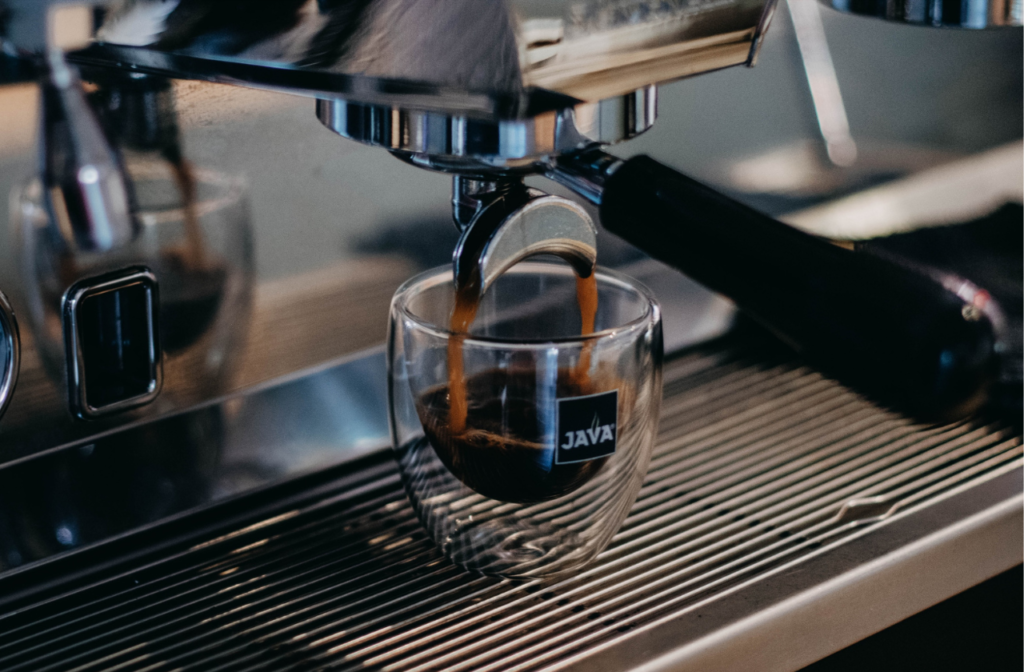
Espresso forms the foundation of a wide range of coffee drinks, favored for its strong, complex flavor and rich crema. Here’s a quick guide to some popular espresso-based drinks:
Espresso: A method of brewing coffee where a small amount of near-boiling water is forced through finely ground coffee under pressure, resulting in a concentrated shot of coffee. The ideal espresso is a balance of acidity, sweetness, and bitterness, often enjoyed on its own for its deep and robust flavor.
Macchiato: Traditionally, this is espresso “marked” with a dollop of frothed milk. While interpretations vary, the Italian version is simply a shot of espresso with a small amount of foam on top, offering a slightly sweetened espresso experience.
Latte: Originating from the US in the 1980s, a latte is made with a double shot of espresso and steamed milk, topped with a small layer of microfoam. It’s known for its high milk-to-espresso ratio, making it milder than other espresso drinks.
Cappuccino: An Italian classic that follows the rule of thirds: one-third espresso, one-third steamed milk, and one-third foam. Modern interpretations may vary, focusing more on the ratio of milk to espresso rather than the amount of foam, resulting in a drink similar to a latte but with a bit more foam.
Americano: Essentially a diluted espresso, made by adding hot water to a shot (or two) of espresso. This results in a coffee that has the flavor components of an espresso but with a lighter body and less intensity, similar to drip coffee.
Each of these drinks manipulates espresso in unique ways, either by altering the coffee-to-water ratio or by adding milk or water, to cater to different taste preferences and textures. Whether you’re looking for the rich intensity of a straight espresso or the creamy mildness of a latte, there’s an espresso-based drink out there for you.
Weird Coffee Tip: There are dozens of espresso-based coffee drinks to choose from, all of which are delicious. Take a look at this article to explore the various types of espresso drinks that coffee enthusiasts love.
Types Of Espresso Drinks
Non-Espresso Coffee Drinks
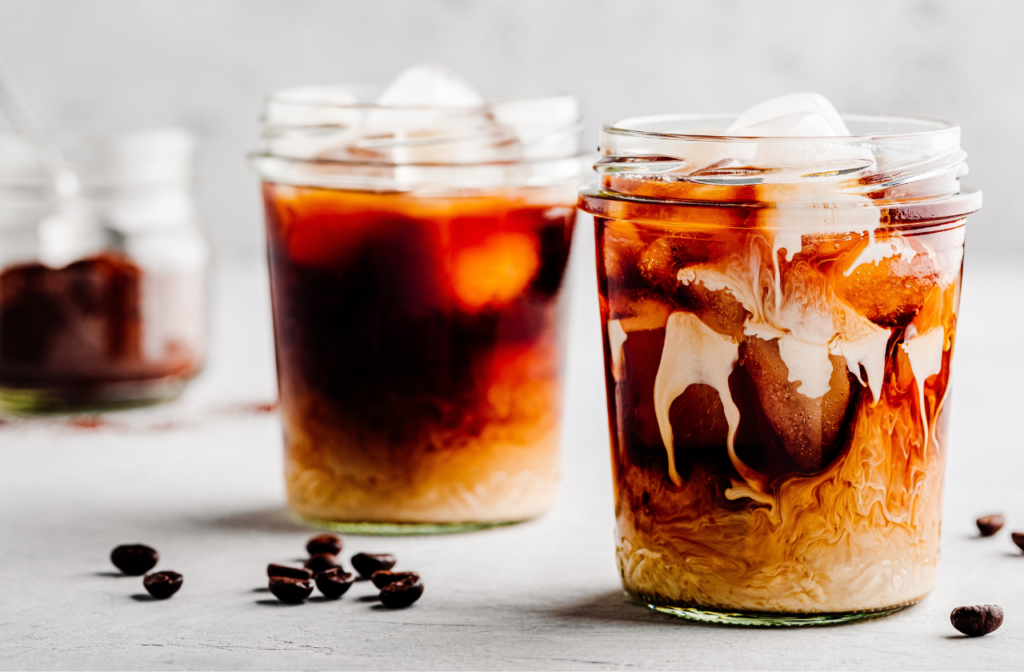
Exploring non-espresso coffee drinks opens up a world of flavors and experiences beyond the intense and concentrated espresso shots. These drinks cater to a variety of preferences, offering smoother, sometimes sweeter, and often more refreshing options.
Cold Brew
Cold brew coffee is made by steeping coarse coffee grounds in cold water for an extended period, usually 12 to 24 hours. The result is a smooth, rich coffee concentrate that is less acidic and bitter than its hot-brewed counterparts. This concentrate can be diluted with water or milk and served over ice for a refreshing and invigorating drink. Cold brew offers a unique coffee experience with a smooth taste that’s perfect for those who prefer a less acidic beverage.
Iced Coffee
Iced coffee, on the other hand, is typically made from regular brewed coffee that is then cooled down and served over ice. The brewing process for iced coffee is faster compared to cold brew, but it can sometimes result in a more diluted flavor, especially if the ice starts to melt. Despite this, iced coffee remains a popular choice for a quick and refreshing coffee fix, especially on hot days.
Specialty Infusions
Specialty coffee infusions like Bulletproof coffee and turmeric lattes introduce an entirely different dimension to coffee drinking. Bulletproof coffee combines coffee with grass-fed butter and MCT oil, promising a high-energy drink that can fuel your day and potentially aid in weight management. Turmeric lattes, often made with milk (dairy or plant-based), turmeric, cinnamon, and sometimes a touch of sweetener, offer a warming, slightly spicy drink that’s touted for its anti-inflammatory properties.
These non-espresso coffee drinks showcase the versatility of coffee as a beverage. Whether you’re looking for a cold refreshment, a quick caffeinated drink, or a health-oriented coffee concoction, there’s something in the world of coffee that’s sure to delight your taste buds and fit your lifestyle. Each of these options provides a unique way to enjoy coffee, moving beyond the traditional espresso to embrace the wide array of flavors and brewing techniques available.
How To Choose The Best Coffee For You
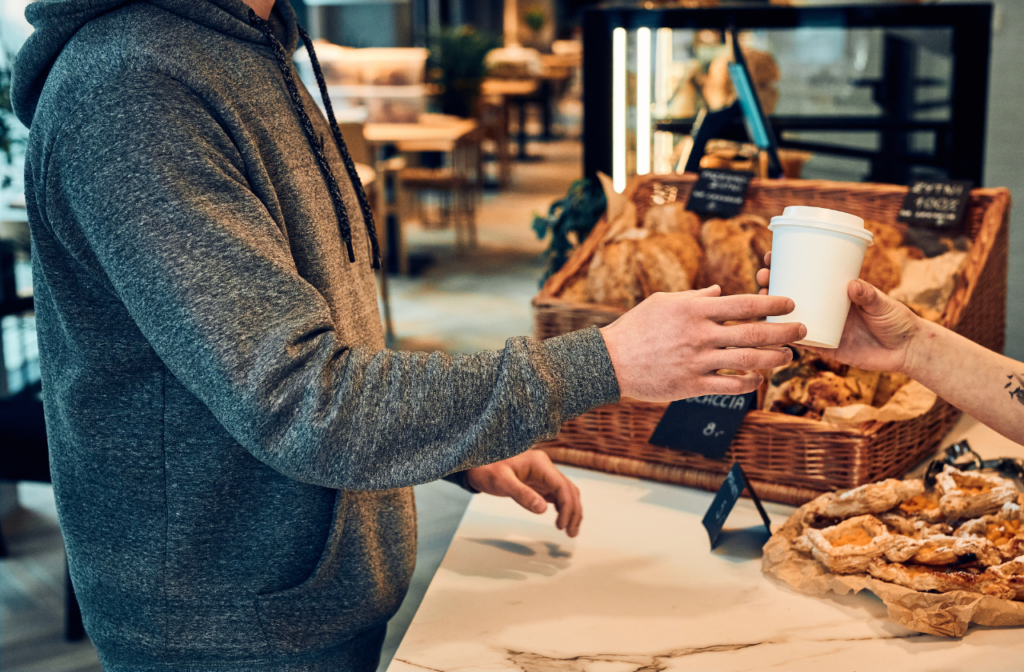
Choosing the best coffee for you involves understanding your preferences across several dimensions, including taste, caffeine sensitivity, and the overall drinking experience. Here’s how you can navigate these factors to find your ideal coffee:
Assessing Your Taste Preference
The variety and origin of coffee beans significantly influence their flavor. Arabica beans are known for their smooth, delicate flavors, often with chocolatey or fruity undertones, making them a popular choice for those who prefer a less acidic taste.
In contrast, Robusta beans are more robust and bitter, suited for those who enjoy a strong cup of coffee. The region where coffee is grown also plays a crucial role, as it can affect the coffee’s acidity, sweetness, and overall flavor profile.
For instance, coffee from Central America is typically smooth and subtly nutty, while African coffees might offer hints of wine or berry. Opting for single-origin coffees can allow you to explore these unique regional characteristics, while blends might offer a balanced flavor combining beans from multiple locations.
Caffeine Sensitivity
Your sensitivity to caffeine could also dictate your coffee choice. Light roasts actually retain more caffeine than dark roasts, contrary to popular belief. If you’re sensitive to caffeine but love the taste of coffee, you might want to opt for a dark roast or even consider a decaffeinated option.
Understanding the roast profile can help you manage your caffeine intake while still enjoying your coffee. For instance, espresso roast coffee, developed for its caramelization and body, might offer a different caffeine experience than filter roast coffee, which is roasted to retain the bean’s sparkling acidity.
Flavor Profile And Brewing Methods
The way you prefer to drink your coffee, whether quickly as an espresso shot or leisurely sipping a French press, can also guide your choice. For espresso lovers, choosing beans roasted specifically for espresso machines is advisable, as they have been developed to enhance caramelization and body.
If you prefer manually brewed coffee, such as pour-over or immersion brews, look for beans with a filter roast label, as these roasts aim to preserve the bean’s acidity. Your preferred brewing method can significantly influence the taste and enjoyment of your coffee, so select beans that complement your favorite preparation style.
Finding the perfect coffee involves a blend of personal taste, caffeine tolerance, and preferred brewing methods. By focusing on the type of beans, their origin, and the appropriate roast for your brewing method, you can enhance your coffee drinking experience and ensure that every cup is a delight.
Choosing A Coffee Drink At A Cafe
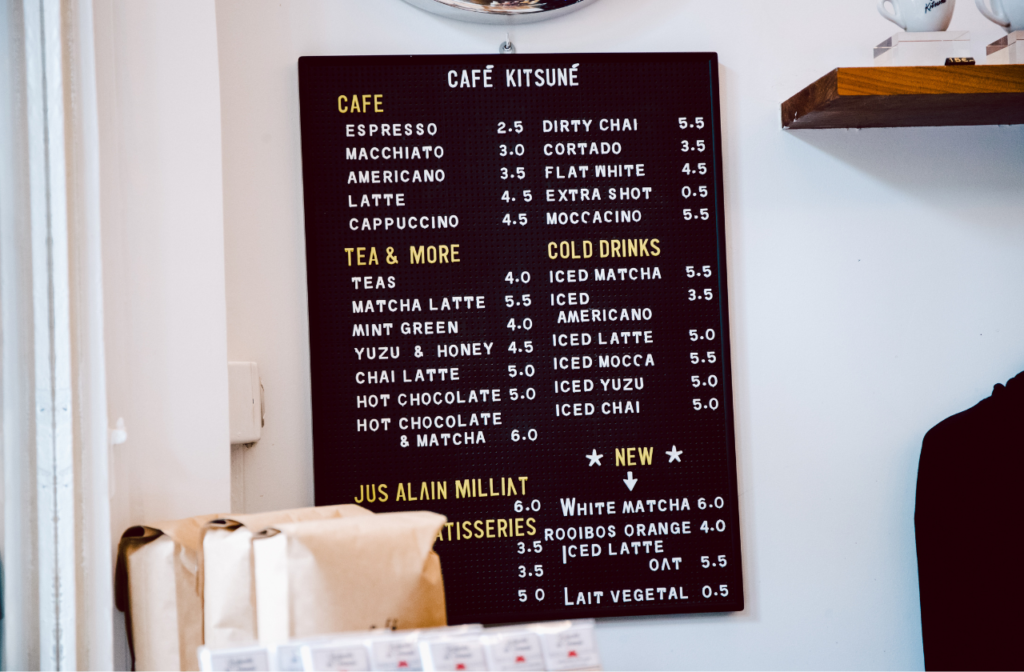
Navigating a coffee menu at a cafe or coffee shop, especially if you’re unfamiliar with the terms, can initially seem daunting. However, with a little guidance, you can confidently order a coffee drink that suits your taste preferences.
How To Navigate A Coffee Menu
Understanding the basic types of coffee drinks is the first step. Espresso forms the basis of most coffee drinks. It’s a concentrated coffee made by forcing a small amount of nearly boiling water through finely-ground coffee beans, resulting in a strong flavor and creamy layer on top, known as crema.
From there, various drinks can be made by adding water, milk, or foam in different ratios. For example, a latte involves more steamed milk and less foam compared to a cappuccino, which balances equal parts espresso, steamed milk, and foam.
Asking Baristas For Recommendations
Don’t hesitate to ask the barista for recommendations if you’re unsure what to order. Describe what you generally enjoy—whether you prefer your coffee strong or mild, sweet or bitter, hot or cold. For instance, if you like your coffee with a creamy texture but not too strong, a latte might be a good choice, while an Americano (espresso diluted with hot water) might be appealing if you prefer a less intense flavor. Baristas are usually happy to help guide your choice based on your preferences
Exploring Seasonal And Specialty Drinks
Seasonal and specialty drinks are a great way to explore new flavors. Many cafes offer unique drinks that incorporate seasonal ingredients or special flavor combinations, like pumpkin spice lattes in the fall or peppermint mochas in the winter.
These drinks can also include less common coffee preparations, such as cold brews for a smoother, less acidic coffee, or specialty infusions like turmeric lattes or matcha-infused drinks. Trying these seasonal specialties can introduce you to new favorite flavors and expand your coffee palate.
Remember, the world of coffee is diverse and rich with options. Whether you’re stepping into a local cafe or a well-known coffee chain, there’s always something new and exciting to try. Don’t be afraid to step out of your comfort zone and experiment with different coffee drinks. You might just discover a new favorite.
Conclusion
Exploring the vast world of coffee and its myriad brewing methods is both an art and a science, offering endless possibilities for discovery and delight. Each method, from the rich and bold French press to the smooth and nuanced Aeropress brew, presents a unique way to experience the depth and diversity of coffee flavors.
The joy of coffee lies not just in its consumption but in the journey of finding the perfect cup that resonates with your taste preferences and lifestyle.
The journey to your perfect cup of coffee begins with experimentation. By varying the coffee-to-water ratio, adjusting the brew strength, and tinkering with grind sizes, you can tailor your coffee experience to match your exact preference. For instance, a French press requires a coarser grind and a longer steep time to extract its full-bodied flavor, while pour-over methods benefit from a finer grind and a more controlled pour to achieve a clean and vibrant cup.
Water quality, an often-overlooked factor, significantly impacts the taste of your coffee. Using fresh, filtered water free from impurities ensures a pure, unadulterated flavor, allowing the coffee’s natural characteristics to shine through. The temperature of the water is equally crucial; too hot, and you risk over-extraction and bitterness; too cool, and your coffee may taste underwhelming
Additional Resources
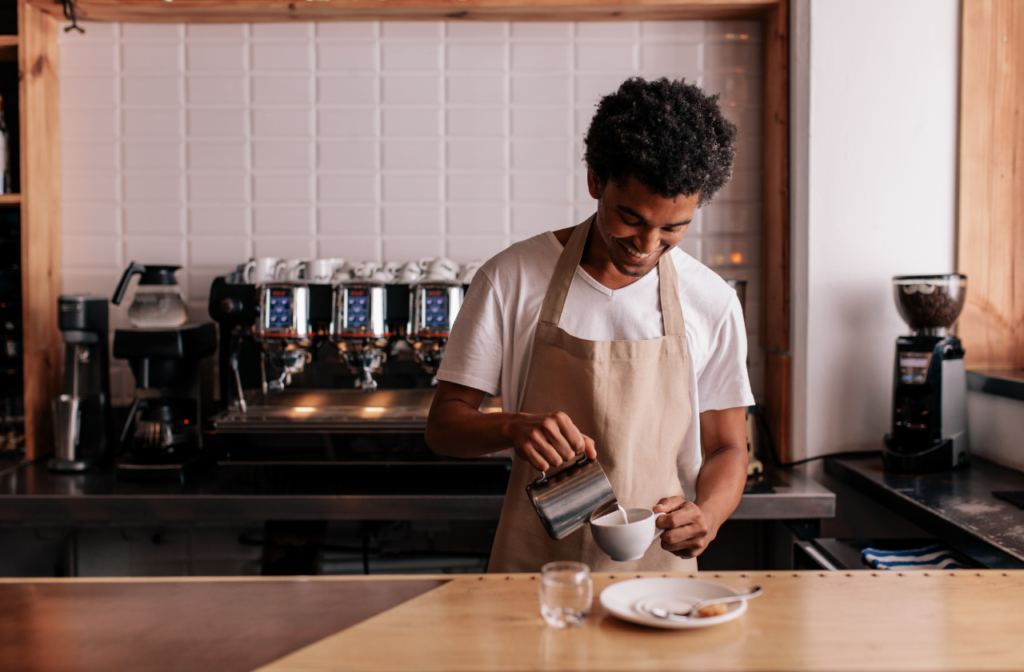
For those eager to deepen their understanding of coffee brewing methods and refine their taste for coffee’s diverse flavor profiles, several resources stand out as particularly helpful:
The National Coffee Association (NCA) offers a comprehensive guide on How to Brew Coffee, covering the essentials of coffee brewing. It emphasizes the importance of cleanliness in your brewing equipment, selecting high-quality beans, understanding freshness, and the significance of the grind.
The guide also discusses the critical role of water quality, the coffee-to-water ratio, and optimal water temperature for brewing. Additionally, it addresses the brewing time, which can significantly affect the flavor of your coffee.
INeedCoffee is a treasure trove of coffee brewing tutorials for coffee enthusiasts of all levels. Their guides span a wide range of methods, including AeroPress, Chemex, Cold Brew, French Press, and many more exotic and traditional techniques.
Each tutorial provides detailed instructions to help you perfect your brewing method and explore new ways to enjoy coffee. Whether you’re looking to master the inverted AeroPress method or brew the perfect Vietnamese coffee, INeedCoffee has a guide for you.
Both of these resources are invaluable for anyone looking to experiment with different coffee brewing methods or to simply learn more about the art and science of making great coffee.
From selecting the right beans to mastering the brew, these guides offer the insights needed to elevate your coffee experience. Whether you’re a seasoned barista or a home brewer, taking the time to explore these resources can help you discover new favorites and perfect your coffee-making skills.
